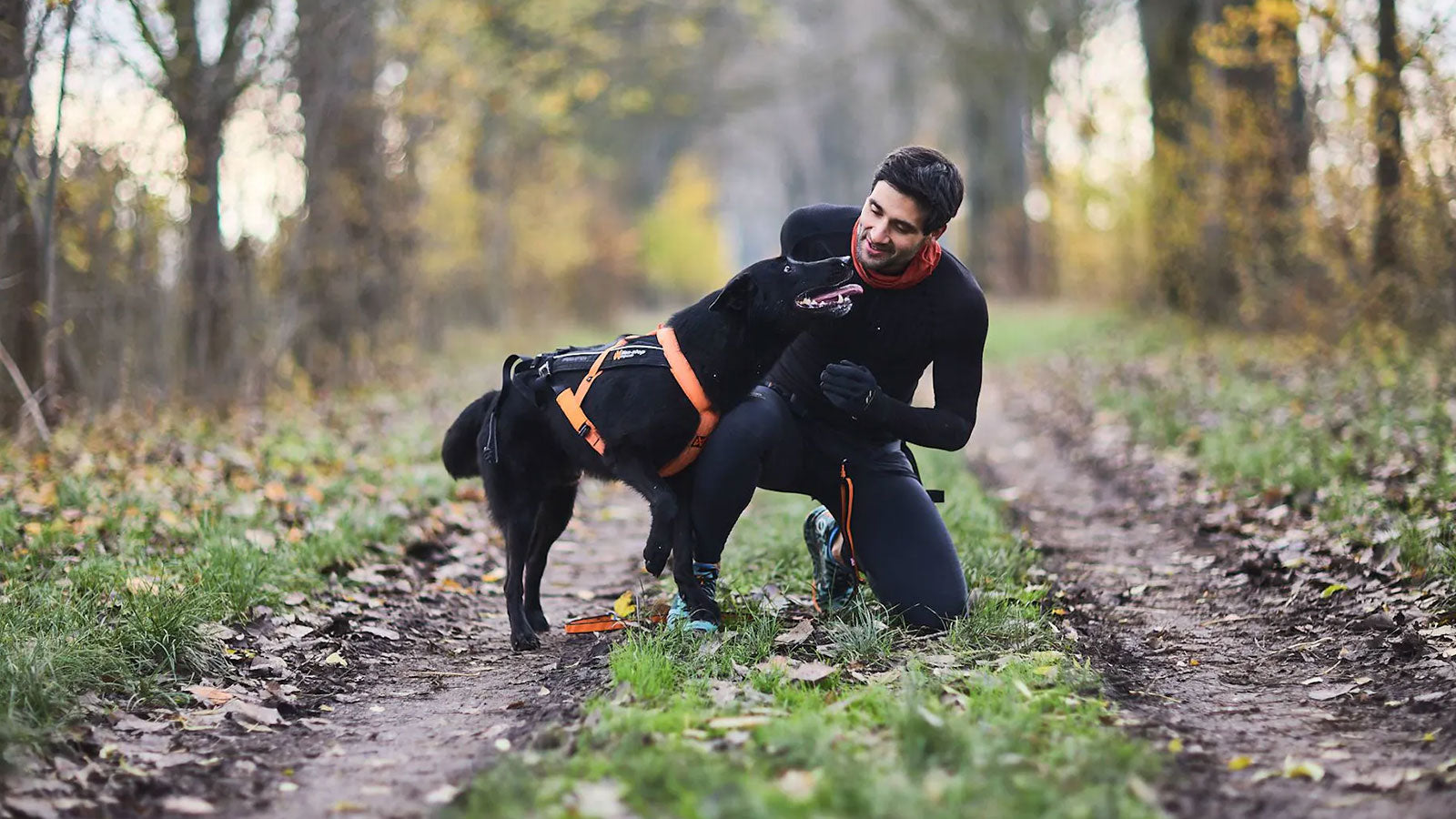Discovering blood in your dog’s stool can be a distressing experience. This symptom could signal a range of health issues, from relatively benign to life-threatening conditions.
Understanding the potential causes, identifying the types of bloody stools, and knowing when to seek veterinary intervention are crucial steps in safeguarding your dog’s health. This guide provides a detailed examination of the types of bloody stools in dogs, the underlying causes, treatment options, and preventive measures to ensure your dog receives the best care possible.
Types of Bloody Stool
Blood in a dog’s stool can manifest in various forms, each offering clues about the source of the bleeding within the gastrointestinal tract:
- Hematochezia: This condition presents as bright red, fresh blood in the stool, often signaling bleeding in the lower digestive tract, such as the colon or rectum. Hematochezia might result from conditions like colitis, anal gland issues, or rectal injuries. While sometimes less severe, it can still indicate serious underlying problems, especially if persistent.
- Melena: Melena refers to dark, tarry stools caused by digested blood from the upper gastrointestinal tract, including the stomach or small intestine. This type of stool often suggests more serious issues, such as gastrointestinal ulcers, tumors, or severe infections, and typically requires immediate veterinary attention.
- Jelly-like Stool: A jelly-like consistency in the stool, often mixed with blood, is characteristic of Acute Hemorrhagic Diarrhea Syndrome (AHDS). This condition is potentially fatal if untreated, as it can lead to rapid dehydration and systemic shock. Immediate intervention is crucial to manage AHDS effectively.
Common Causes of Bloody Stool
The presence of blood in a dog’s stool can be attributed to various causes, ranging from dietary indiscretions to serious medical conditions. Understanding these causes can help in determining the appropriate response:
Hematochezia (Bright Red Blood)
- Colitis: Colitis, or inflammation of the colon, is a common cause of bloody diarrhea in dogs. It can be triggered by stress, infections, or dietary changes. In some cases, colitis may be transient, especially if stress-induced, but chronic cases require dietary management and possibly medication to control inflammation.
- Intestinal Parasites: Parasites such as hookworms, whipworms, and giardia can cause significant damage to the intestinal lining, leading to bleeding. Symptoms often include diarrhea, weight loss, and lethargy. Regular deworming and fecal examinations are essential to prevent and manage parasitic infections.
- Anal Gland Issues: Impacted or infected anal glands can rupture, leading to the presence of fresh blood in the stool. Dogs with anal gland problems often exhibit signs like scooting, licking the anal area excessively, or difficulty defecating. Treatment may involve expressing the glands, antibiotics, or in severe cases, surgical intervention.
- Dietary Indiscretions: Consuming spoiled food, foreign objects, or foods that are toxic to dogs can irritate the gastrointestinal tract, causing bleeding. Ensuring your dog has a consistent diet and keeping harmful substances out of reach are critical preventive measures.
- Rectal Trauma: Dogs that ingest sharp objects, such as bones or sticks, may suffer from rectal tears or injuries, leading to fresh blood in the stool. Immediate veterinary care is needed to assess the extent of the injury and prevent complications like infections.
Melena (Dark Tarry Stool)
- Gastrointestinal Ulcers: Ulcers can develop in the stomach or small intestine due to factors like prolonged NSAID use, stress, or infections. These ulcers cause bleeding that, when digested, results in melena. Treatment typically includes medication to reduce stomach acid, protect the stomach lining, and treat any underlying infections.
- Hemorrhagic Gastroenteritis (HGE): HGE, now often referred to as Acute Hemorrhagic Diarrhea Syndrome (AHDS), is a condition characterized by sudden onset of severe bloody diarrhea. The exact cause is unknown, but it is thought to be linked to bacterial infections or dietary indiscretions. Immediate veterinary care, including fluid therapy and antibiotics, is crucial to prevent life-threatening dehydration.
- Neoplasia (Tumors): Tumors in the gastrointestinal tract can cause chronic bleeding, leading to melena. Gastrointestinal cancers can be difficult to diagnose early, so regular check-ups are important, especially for older dogs or breeds predisposed to cancer. Treatment options may include surgery, chemotherapy, or supportive care, depending on the cancer's type and stage.
- Clotting Disorders: Disorders such as von Willebrand's disease, liver disease, or other coagulopathies can impair blood clotting, leading to internal bleeding and melena. Dogs with clotting disorders require careful management, including medication and monitoring for signs of bleeding.
- Infections: Severe bacterial or viral infections, such as parvovirus or distemper, can cause widespread gastrointestinal damage, leading to bleeding and melena. These infections are often accompanied by other severe symptoms like vomiting, fever, and lethargy, and they require aggressive treatment, including hospitalization and supportive care.
When to Seek Veterinary Care
Blood in a dog’s stool should never be ignored, but not all cases are emergencies. However, certain symptoms indicate the need for immediate veterinary intervention:
- Persistent or Worsening Symptoms: If blood in the stool persists for more than 24-48 hours, or if it recurs, worsens, or is accompanied by other symptoms like vomiting or lethargy, seek veterinary care immediately. Chronic bleeding can lead to anemia, dehydration, and other serious complications.
- Accompanying Severe Symptoms: Symptoms such as vomiting, excessive lethargy, fever, or noticeable pain, alongside bloody stool, suggest a serious underlying condition that requires prompt medical attention. Conditions like HGE or gastrointestinal obstruction can rapidly deteriorate and become life-threatening without treatment.
- Behavioral Changes: Sudden changes in behavior, such as aggression, withdrawal, or refusal to eat, combined with bloody stool, can indicate significant discomfort or pain, necessitating a veterinary visit to diagnose and address the cause.
- Increased Vulnerability in Puppies and Senior Dogs: Puppies and older dogs are more susceptible to severe complications from conditions like parvovirus, cancer, or liver disease. Any instance of bloody stool in these groups should be treated as potentially serious.
Home Care and Preventive Measures
While many cases of bloody stool require veterinary care, there are preventive measures and home care strategies that can help manage mild cases and prevent recurrence:
- Dietary Adjustments: Feeding a high-quality, balanced diet is crucial for maintaining digestive health. Avoid sudden changes in your dog’s diet, and introduce new foods gradually to prevent gastrointestinal upset. If food allergies or sensitivities are suspected, an elimination diet may help identify and remove the offending ingredients.
- Regular Deworming and Parasite Control: Implement a consistent deworming schedule to prevent parasitic infections that can cause bloody stool. Regular fecal exams can help detect parasites early, allowing for timely treatment.
- Probiotic Supplements: Probiotics can help maintain a healthy balance of gut flora, supporting digestive health and potentially preventing gastrointestinal disturbances that lead to bloody stool.
- Stress Management: Reducing stressors in your dog’s environment can help prevent stress-induced colitis. Provide a stable, comfortable environment, and introduce changes gradually to minimize stress.
- Safe Environment: Ensure your dog’s living area is free from harmful substances or small objects that could be ingested accidentally. Avoid giving your dog bones or toys that can splinter and cause internal injuries.
Conclusion
Blood in your dog’s stool is a symptom that warrants careful observation and, in many cases, professional veterinary evaluation. The underlying causes can range from minor dietary issues to severe medical conditions, making early detection and treatment vital. By understanding the types of bloody stool, recognizing the associated symptoms, and taking preventive measures, you can help protect your dog from serious health complications. Regular veterinary check-ups, a balanced diet, and a stress-free environment are key to maintaining your dog’s digestive health and overall well-being.






Share:
Bad Breath in Dogs: What You Need to Know
Managing Canine Kidney Disease: Diet and Holistic Care